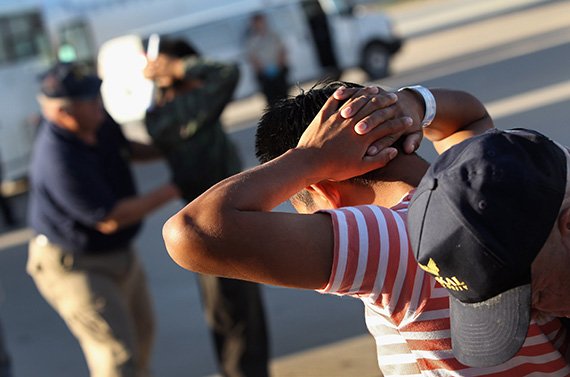
A new report by the Migration Policy Institute on the crisis of unaccompanied child migration explains recent shifting patterns of Central American migration and analyzes the root causes and challenges posed by this new flow of migrants.
Between 2011 and 2014, the number of Central American children and "family units"—parents traveling with minor children—who arrived at the U.S.-Mexico border surged, reaching a peak of 137,000 in fiscal year 2014. While many of these migrants have valid claims for asylum or other forms of humanitarian relief, others are chiefly driven by economic concerns and a desire to reconnect with family. This mixed flow has challenged the capacity of the United States to carry out its core immigration functions of preventing the admission of unauthorized immigrants while also providing protection to those who cannot be safely returned to their home countries.
Much of the media coverage of Central American arrivals in 2014 portrayed their entry as a failure of border security, but the report indicates policy failures were also present in the processing and adjudication of claims. It also includes recommendations on policies that can help to better manage child and family migration pressures today and in the future. Read the report in full.


